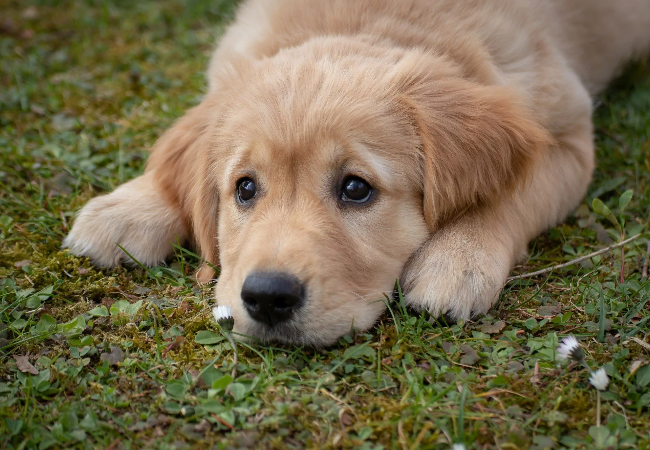Parvovirus in Dogs 2025: Symptoms, Treatment & Prevention 🐶✨

In this article
Parvovirus in Dogs 2025: Symptoms, Treatment & Prevention 🐶✨
By Dr. Duncan Houston BVSc
Parvovirus—often called “parvo”—is one of the deadliest viruses in dogs, especially puppies. Fast action can save a life, but prevention is always the best cure.
I’m Dr. Duncan Houston, veterinarian and founder of Ask A Vet. Here’s what you need to know about this aggressive virus: what it looks like, how to treat it, and how to make sure your dog is protected.
🦠 What Is Canine Parvovirus?
- Parvo is a highly contagious viral disease that affects rapidly dividing cells—especially in the gut and bone marrow
- It’s spread through infected feces, contaminated surfaces, or direct contact with infected dogs
- The virus can survive for months in the environment—even after cleaning
🔍 Signs and Symptoms of Parvo
- Severe vomiting
- Profuse, often bloody diarrhea
- Lethargy and weakness
- Loss of appetite
- Fever (sometimes hypothermia in advanced cases)
- Dehydration and sunken eyes
📅 Who’s at Risk?
- Unvaccinated puppies and dogs
- Dogs under 6 months old
- Rescue dogs from shelters or high-density areas
- Breeds like Rottweilers, Dobermans, and Pit Bulls are at higher risk for severe illness
🧪 How Vets Diagnose Parvo
- Fecal ELISA test: quick and reliable in-clinic test
- Blood tests to check white cell count and dehydration
- Hospitalization for supportive care is usually required
💊 How Parvo Is Treated
There’s no antiviral cure—only aggressive supportive care:
- IV fluids to correct dehydration and shock
- Antibiotics to prevent secondary infections
- Anti-nausea and anti-diarrheal medications
- Hospitalization for several days, often with isolation
Survival rate: 70–90% with hospital care.
Without treatment: up to 90% mortality in puppies.
💉 Parvo Prevention – Vaccination Schedule
- 6–8 weeks: First vaccine
- 10–12 weeks: Second vaccine
- 14–16 weeks: Third vaccine
- 1 year later: Booster
- Then: Every 1–3 years, depending on brand and vet recommendation
🧼 Disinfecting After Exposure
- Use bleach (1:30 dilution) on hard surfaces
- Parvo is resistant to most regular household cleaners
- Keep unvaccinated puppies away from parks and high-dog-traffic areas
🛡️ Supporting a Puppy’s Immune Health
- Keep up-to-date on vaccines
- Feed a high-quality, puppy-specific diet
- Minimize stress and avoid exposure to sick dogs
- Ask your vet about probiotics and immune-support supplements
🔗 Tools from Ask A Vet
- Ask A Vet – Track vaccine dates and get emergency help if you suspect parvo
- Explorer Harness – Keep puppies secure in public before vaccines are complete
📋 Summary Excerpt
Parvovirus is deadly, fast-moving, and preventable. A vet explains the symptoms, treatment, vaccine schedule, and how to keep your puppy safe.
❓ FAQs
-
Q: Can vaccinated dogs get parvo?
A: It’s rare, but possible if vaccines are incomplete, outdated, or the dog is immunocompromised. -
Q: How long does parvo live in the environment?
A: It can survive up to a year on surfaces or in soil. Use bleach and restrict unvaccinated dogs from contaminated areas. -
Q: Is parvo contagious to humans or other pets?
A: No. It only affects dogs. But humans can carry it on shoes or clothing to other dogs.






